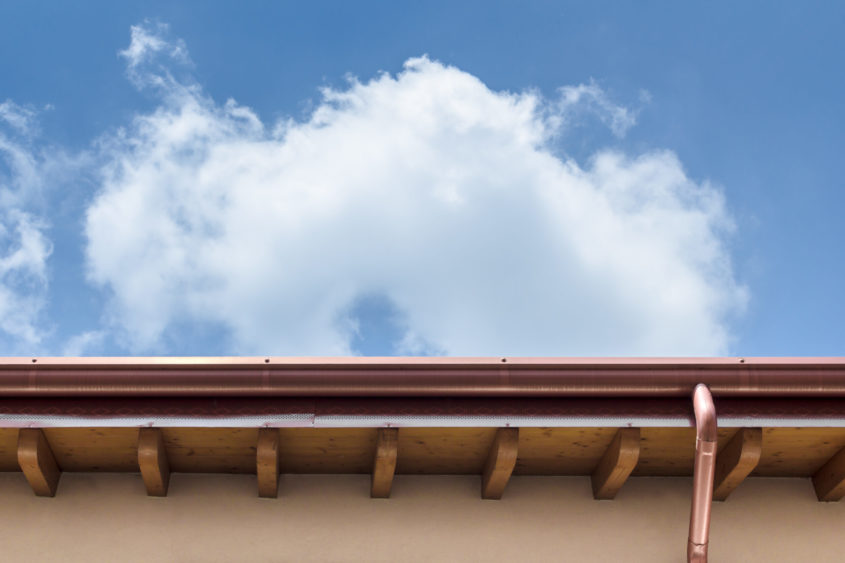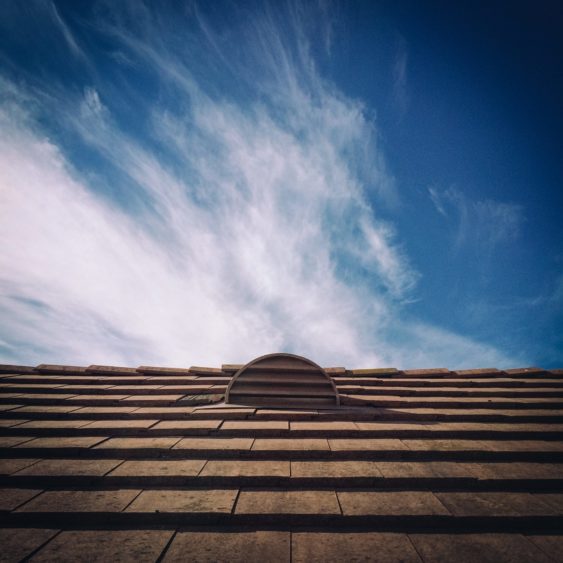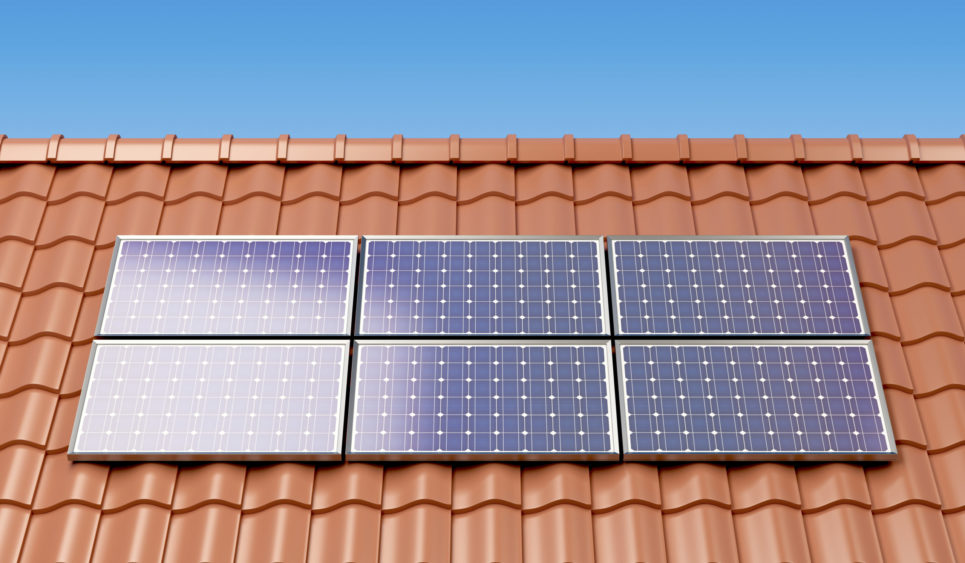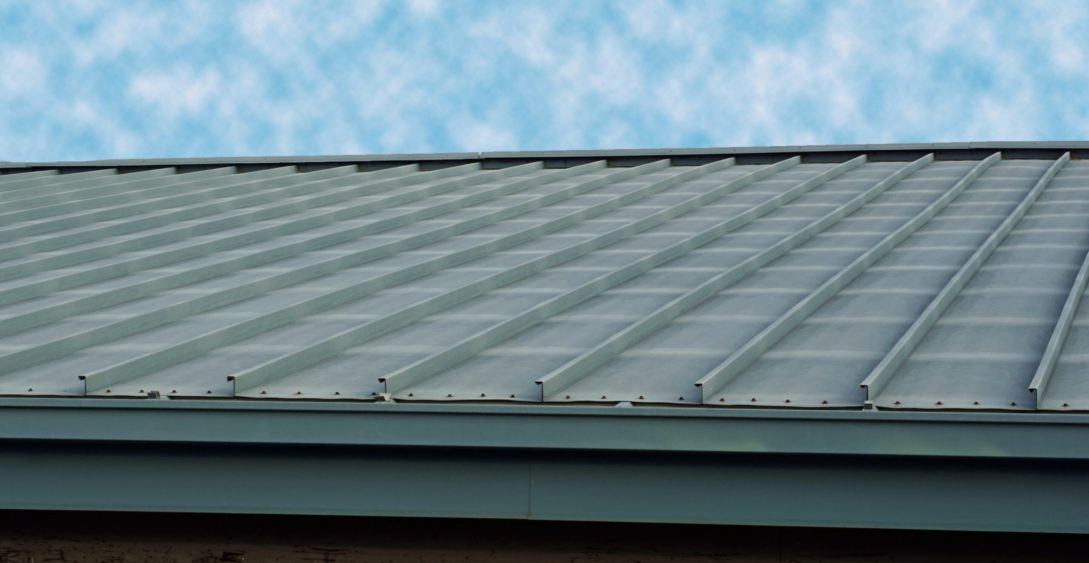If you are leading a new construction project, or you’re looking to replace the roof of your old home, you might run into a language barrier. Roofs aren’t as simple as they look, and there is an immense list of terms roof contractors use regarding the anatomy of a roof as they install a new roof on your home or commercial property.
But giving you a list of words and their means is boring and hard to remember. After all, you’re not planning to build the roof yourself. You just need to understand what the professionals are talking about! That’s why we are explaining the anatomy of a roof in the order that it is installed on a building from the skeletal frame to the finished product. There are many components that make a roof possible, and we will go over each one in detail for you.
The Framework – an Important Aspect of the Anatomy of a Roof
When building the frame, two different methods are used:
- A truss frame is a premade frame that is raised up to the top of the building by a crane or even a helicopter depending on the size! Once they are hoisted in place, the trusses are installed and stabilized. These are the most popular type of roof framing.
- A stick frame consists of individually assembled rafters and ceiling joists. Each piece of lumber is measured, cut, and connected to form the frame. The advantage of a stick frame roof is the customization it lends to the roofline. However, building the frame piece by piece increases the labor cost of a roof and is unnecessary for the average residential property.
When a building requires unique architecture, a stick frame roof can offer many more choices. This is especially true for projects that include more spacious attics or cathedral-style ceilings.
The Decking
Wooden boards or composite decking is laid over the framework and secured. These boards are made specifically to withstand heavy loads. This base layer of a roof is referred to as the decking.
The Drip Edge
The drip edge’s function is to prevent water from getting under the roofing materials. It’s a simple piece of metal bent at a 90-degree angle that’s attached to the edge of the decking.
Another word for a drip edge is “flashing.”
Roof Underlayment
Wood is naturally porous and will rot and promote mold growth if it’s not kept dry. To prevent water from seeping through the wood and into the building, a shield made of synthetic material or felt is installed at every point in the roof that would allow entry into the house. This includes areas around the chimney and roof connections.
Roof underlayment is the last defense against severe weather like high wind and heavy rain. If your flashing and shingles are torn or fail, your synthetic or felt underlayment will save the day and protect your home from water damage.
Starter Shingles
The starter shingle is very different from a normal shingle. It is designed to begin the first layer of protection right over the drip edge only. Once they are nailed down around the entire roof, the normal shingles can be installed.
Roof Shingles
Finally! The roof is beginning to shape up and look familiar. Rough, square, asphalt rectangles are secured by nails in an overlapping fashion across the starter shingles.
There are two types of shingles, 2-tab and 3-tab. When a shingle has 3 tabs, it’s also known as an architectural shingle. Architectural shingles have a longer lifespan and better durability than its 2-tab cousin.
Step Flashing
If the roof touches a wall, step flashing is added to the corner after each row of shingles. Much like drip edging, step flashing is also a metal piece that has been bent to form a right angle.
It’s made in a way that allows it to fit perfectly into the space where the roof meets a wall. Step flashing provides watertight protection against moisture damage.
Roof Vents
Proper air circulation in an attic space is important for the health of your roof. In order to provide sufficient airflow into and out of the space under the roof frame, intake and exhaust vents must be installed.
A ridge vent is one of the best forms of intake vent. It sits on the peak of the building and runs along the entire length of the roof. Other styles of intake vents include box vents, turbines, and cupola.
The most common type of exhaust vent is the soffit vent. These vents give stale and hot air a way to escape the confines of your attic space, making your home more energy-efficient. Other exhaust vent options include vents installed in your gables or over your fascia.
A New Roof is Born
Once the finishing touches are made on a roof, it’s time to pack up and head home for the day!
We hope that you enjoyed yourself as you learned about the anatomy of a roof. If you need roof repairs made, an old roof replaced, or a roof installed on a new construction project, contact Roofing Recovery today!







